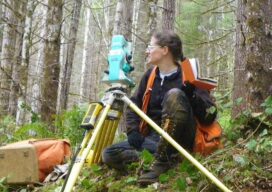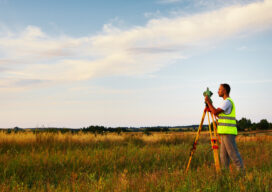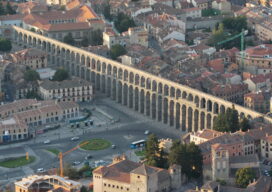Category Archives: Surveying

Field Notes: How far should one go?
When surveyors are searching for a corner monument, a deed, or an unrecorded plat, they are always asking themselves, “How far should I go to find this?” These searches always raise a conundrum, because, as the theory goes, not finding something does not prove that it does not exist, but only by finding something can...

Virtual Cities Are Rising
Cutting-edge 3D city models lead the way to better urban planning via digital simulation Take a peek at Helsinki’s virtual 3D city model and what might at first seem to be just rows of solid objects soon reveal themselves as handsome blocks of buildings that line gridiron streets. This is the digital doppelganger of Finland’s...

Embracing the Drone Revolution
Surveyor business models changing in the BVLOS era Over the past few months, the Federal Aviation Administration (FAA), working with the drone industry, academia, and general aviation membership organizations such as AOPA (www.aopa.org) and NBAA (www.nbaa.org), has been able to advance the cause of uncrewed flights beyond visual line of sight of the operator (BVLOS). ...

How Did I Ever Get Into this Profession?
Finding My Boundaries My first job in surveying came by accident, or perhaps part of a grand plan from God that I didn’t expect. I was only 17 years old and I had dropped out of art school after just one semester of failing grades. I had tried art school simply because it seemed easier...

Refining Measurement
A land surveyor unpacks the concept of accuracy “Accuracy is addictive,” my friend David Doyle once said. Doyle is a geodesist by trade. For someone in his line of work, this addiction has a rich tradition. Geodesy is the study of Earth’s shape, rotation, and gravity field. The discipline involves an eternal quest to refine...

The Challenge of Channeling Water
From the Romans to the Everglades, the art of directing water flow has never been easy For thousands of years impromptu land surveyors tried, sometimes successfully, to force water to flow in a direction it did not want to go. This was done to help grow crops in areas where water was not abundant enough...
